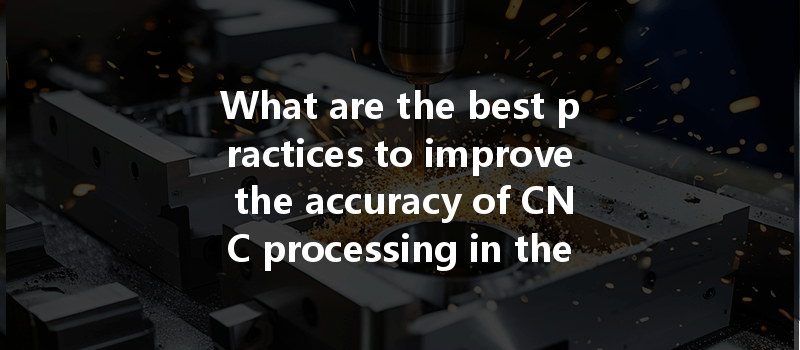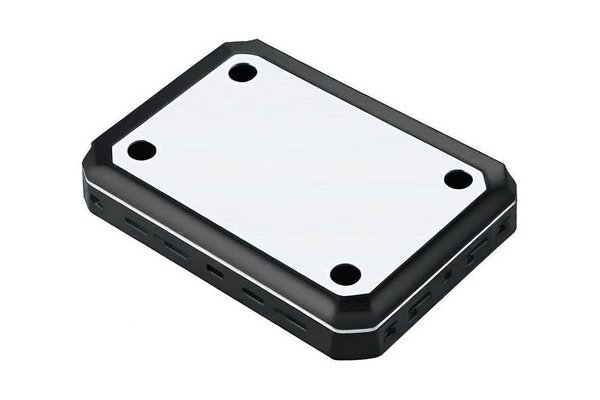Opening:
Did you know that even a slight error in CNC (Computer Numerical Control) machining could result in a product failure, leading to significant financial losses for manufacturers? With the electronics industry constantly evolving, the demand for precision engineering rises. According to a recent industry report, precision machining accounts for approximately 30% of all production-related costs in electronic manufacturing. This highlights how critical accuracy is in the CNC processing landscape, especially when producing components for sensitive applications like smartphones, computers, and medical devices. But how can manufacturers ensure they remain at the forefront of accuracy? In this blog, we’ll explore best practices to enhance the accuracy of CNC processing specifically tailored for the electronic industry.
—
The electronics industry is characterized by its need for minuscule tolerances and intricate designs. Any deviation in machining can lead to subpar performance of electronic components, causing malfunctions or failures. Factors that typically influence accuracy include:
Understanding these factors is the first step in identifying actionable solutions to enhance the accuracy of CNC processing.
—
Calibration is imperative to ensure machines are functioning within set parameters. Here’s a structured approach:
Why This Matters: Regular calibration minimizes error margin, which is paramount in producing electronic components that function seamlessly.
The workforce’s skill level directly impacts machining accuracy. Implementing these strategies can significantly enhance operator competency:
Why This Matters: A well-trained workforce can better interpret blueprints, make precise adjustments, and proactively avoid errors.
Choosing the right material is also crucial to maintain accuracy:
Why This Matters: The right material not only reduces waste and cost but also enhances the quality and performance of the final product.
Cutting tools are the heart of CNC machines. Implementing a rigorous tool maintenance program can help keep them in optimal condition:

Why This Matters: Well-maintained tools produce cleaner cuts, therefore improving overall accuracy and reducing post-production finishing time.
The workspace environment can profoundly impact machining accuracy:
Why This Matters: Controlled environments lead to repeatable results, ensuring high precision over multiple production cycles.
—
Investing in the latest CNC technologies can yield significant improvements in accuracy:
Why This Matters: Leveraging cutting-edge technology leads to greater efficiency, reduces cycle times, and improves the overall quality of products.
—
A strict quality control (QC) system helps catch errors before products leave the facility:
Why This Matters: A robust QC protocol establishes a culture of quality, minimizes defect rates, and boosts customer confidence.
—
Using data analytics can facilitate ongoing improvements in CNC processing accuracy:
Why This Matters: Data-driven insights enable proactive adjustments, which can significantly enhance machining accuracy over time.
—
In summary, enhancing the accuracy of CNC processing in the electronics industry requires a multifaceted approach. By prioritizing machine calibration, investing in operator training, selecting suitable materials, maintaining tools, controlling environmental conditions, and leveraging advanced technology, manufacturers can significantly improve precision. Quality control and data analytics further support continuous improvement, allowing businesses to adapt rapidly to market demands.
As the electronics industry continues to evolve, embracing these best practices is vital for manufacturers aiming to stay competitive. Higher accuracy in CNC processing not only enhances product quality but also leads to increased customer satisfaction and loyalty. Therefore, it is critical to think about how these strategies can integrate into your operations today, ensuring that you are not only meeting but exceeding the expectations of what your products can achieve.
With technology progressing rapidly, staying abreast of these practices will keep your manufacturing processes sharp, efficient, and on the cutting edge of the electronics industry.






